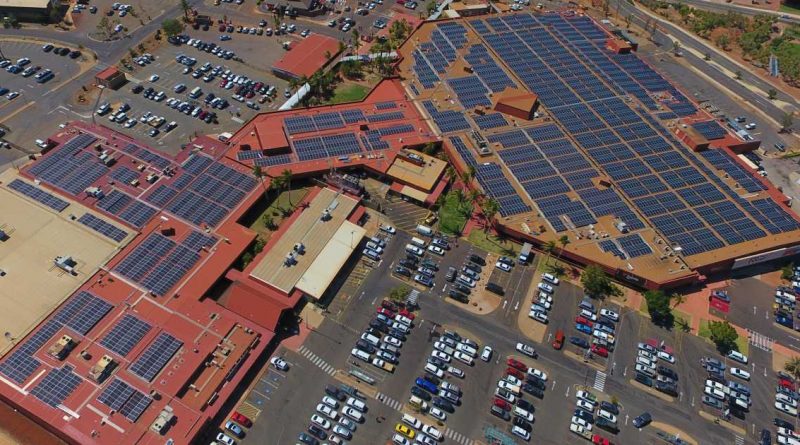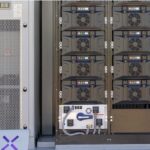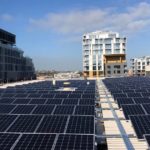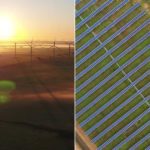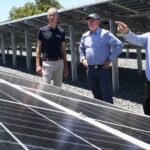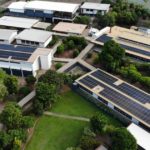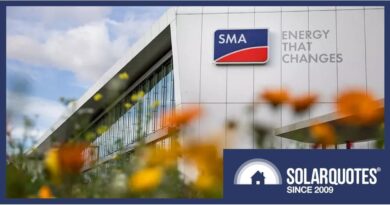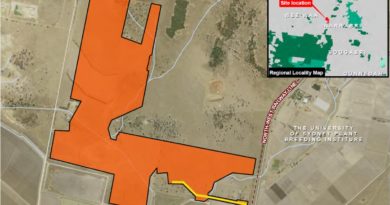Solar Energy Helping To Power Two More Vicinity Shopping Centres
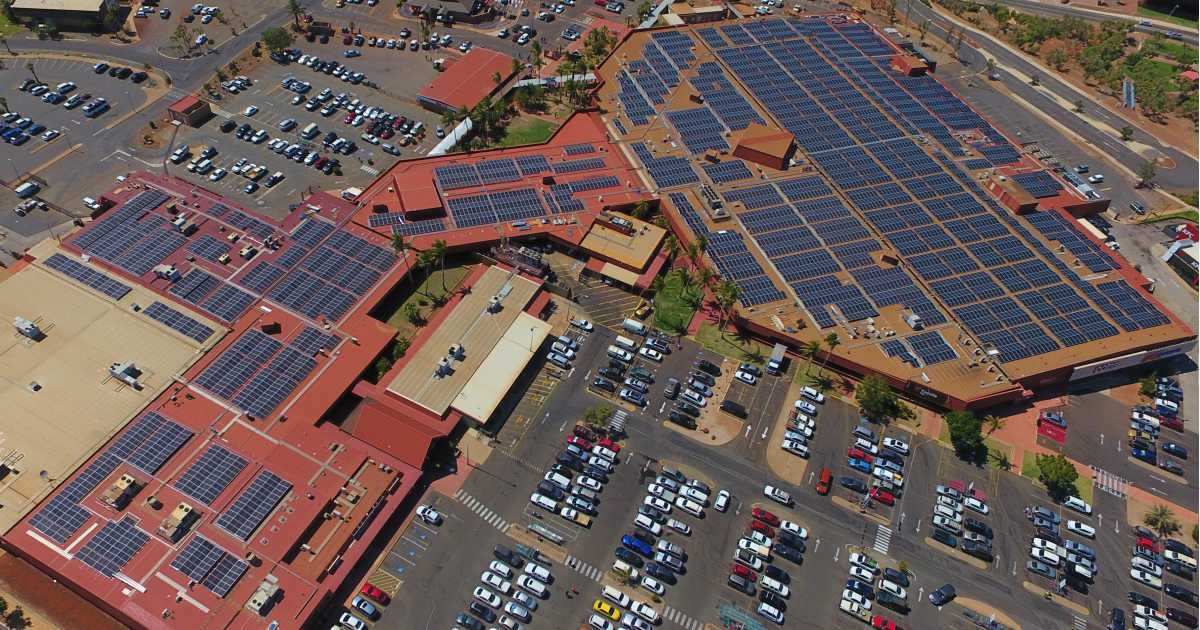
Two more major rooftop solar installations part of Vicinity Centres’ $73.2 million PV rollout are now operational – one in Queensland and the other in Western Australia.
The switch has been flicked on a thumping great solar power system on the rooftop of Vicinity Centres’ Karratha City shopping centre in Western Australia (pictured above). Consisting of more than 6,100 solar panels, the $6 million 2.3MW project is capable of generating more than 3,900 MWh annually.
Also up and running is a 1.3MW system at Runaway Bay Centre in Queensland.
The $2 million project’s 2,900 solar panels are expected to crank 2,100 MWh of green electricity each year.
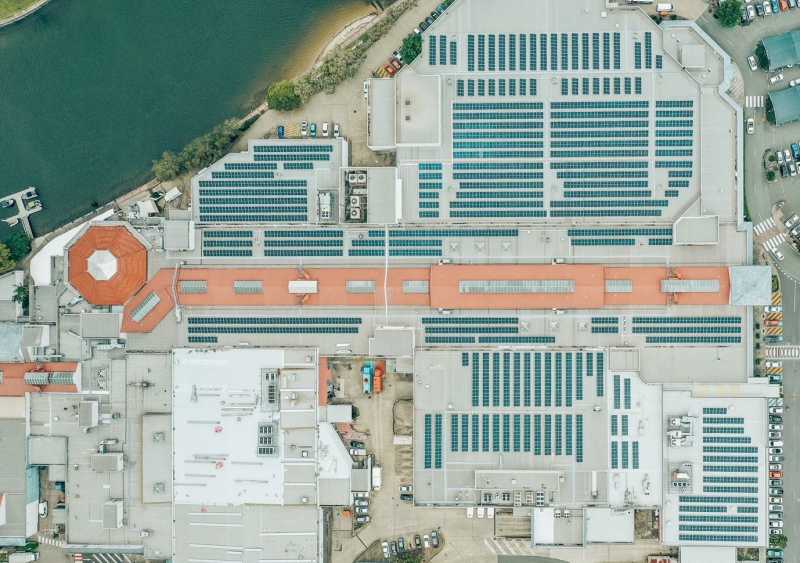
“The clean, renewable energy we’re generating at both centres not only helps to power them while making a positive environmental impact, it also reduces our reliance on the national grid, improving power reliability,” the company stated.
This isn’t just about helping the planet and energy security – Vicinity expects to save a bundle of bucks through its solar and other energy efficiency efforts.
As we’ve said previously here on SQ, it’s not so much a question of whether companies large and small should install commercial solar systems these days, more why they haven’t done so yet if suitable rooftop space is available. If a business can afford to pay its electricity bills, it can afford and benefit from PV.
Solar Speeding Vicinity Centres Towards Net Zero
The two installations above each took more than a year to complete and bring the total number of Vicinity solar projects completed to date to 20 – and there are two more left to go in the rollout.
The largest Vicinity installation is Elizabeth City Centre in Adelaide. It hosts a whopping 5.9MW of solar capacity – 3.2MW across the carpark and 2.7MW on the rooftop of the centre itself. That puts it beyond the realm of commercial solar and into the utility-scale category.
Once the rollout is complete, it’s expected all the systems combined will generate more than 48,500 MWh of clean energy annually, which is enough to supply the electricity requirements of the equivalent of more than 8,300 homes.
Back in 2019, Vicinity set a net zero carbon target for all its shopping centres across Australia by 2030 and states it is still on track for reaching that goal.
In other recent news from the company, it announced early this month Vicinity Centres had achieved significant improvements in the 2021 NABERS Sustainable Portfolios Index (SPI).
NABERS (National Australian Built Environment Rating System) is a sustainability measurement providing a rating from one to six stars for building efficiency across energy, water, waste and indoor environment. While a national initiative, it is managed by the NSW Department of Planning, Industry and Environment on behalf of the Federal, State and Territory governments.
Vicinity has been again recognised as a top 10 organisation in the NABERS SPI this year, achieving a 4.4 stars energy rating.
“Underlining Vicinity’s accomplishments, in just five years, it has gone from achieving 3.4 stars NABERS Energy rating for just 56% of its portfolio to achieving 4.4 stars NABERS Energy rating for 91% of its portfolio,” said Meredith Banks, Vicinity Centres Head of Sustainability.
You can read more about Vicinity’s sustainability efforts here.
Original Source: https://www.solarquotes.com.au/blog/vicinity-centres-solar-mb2003/

